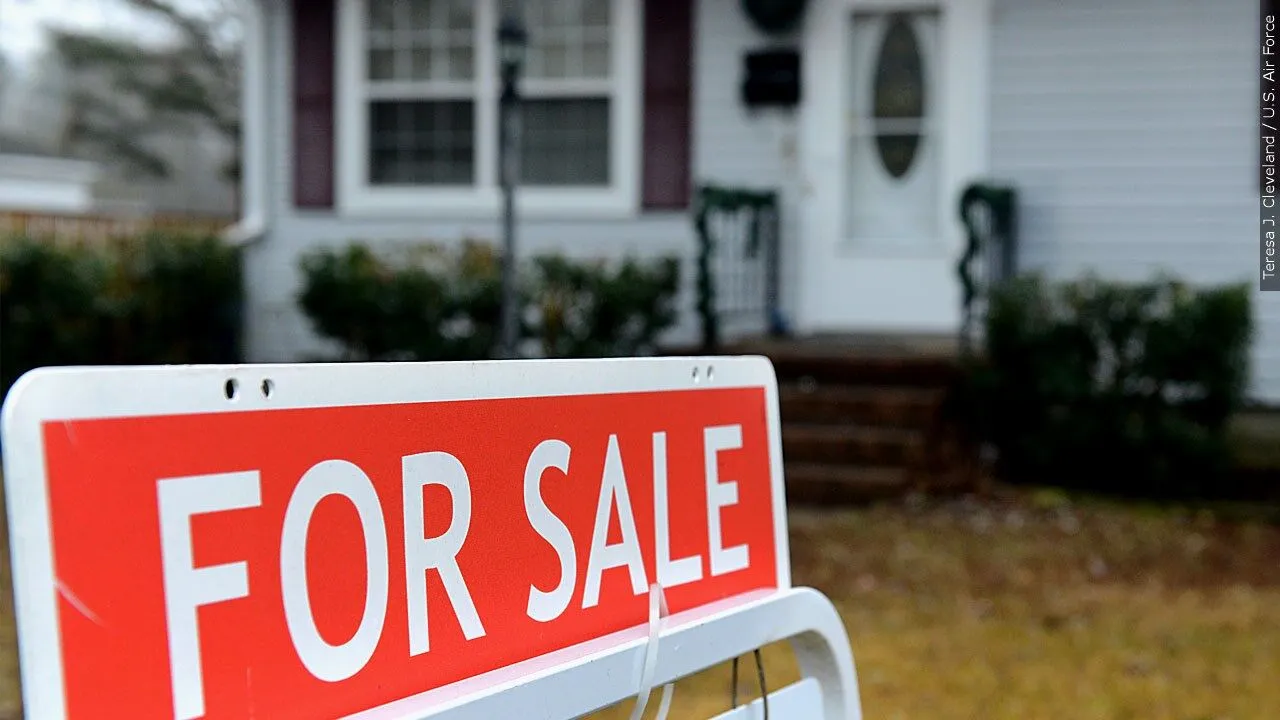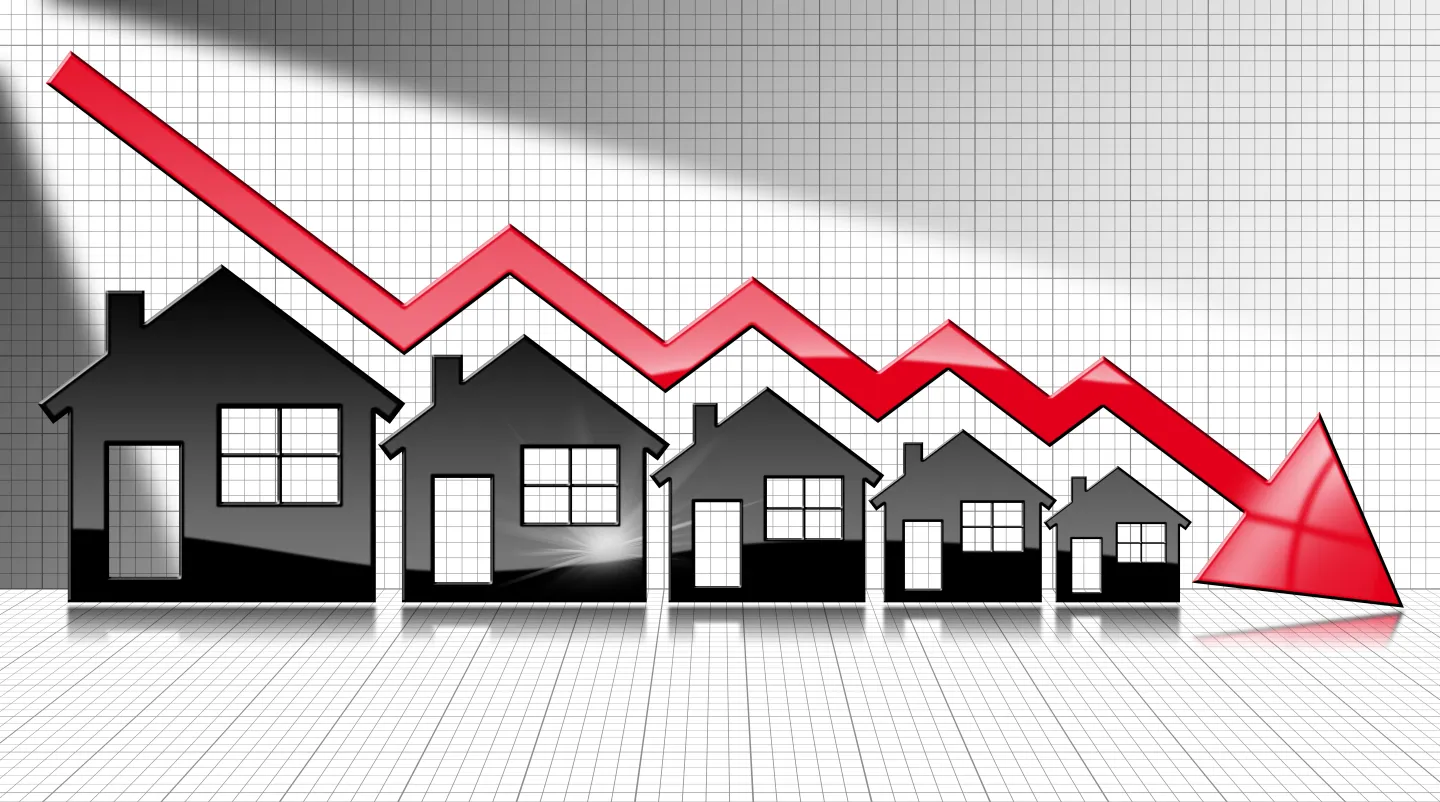The U.S. housing market is experiencing a pivotal shift in 2025. After years of historically tight conditions, housing inventory is increasing—and with it comes new opportunities and challenges for buyers, sellers, and real estate professionals alike.

Between 2022 and 2023, the average resale home inventory sat just above one million units—well below the levels seen in previous market cycles. Now, in 2025, the landscape is changing. The existing home supply has risen to 1.5 million units, the highest level since 2020. This marks a significant step toward a more balanced housing market, and it’s a key metric Orion Lending brokers are watching closely.
The increase in months' supply of inventory—now at 4.4 months as of May 2025—further supports the narrative of a stabilizing market. This measure, which calculates how long current inventory would last at the existing sales pace, aligns with pre-pandemic norms seen before the housing bubble and Great Recession.
One driving factor behind rising inventory is the slower home sales cycle. The average days on market for single-family homes has increased to 55 days, up from a pandemic-era low of 40 days in 2021 and inching closer to the 2019 average of 63 days. This cooling pace is giving buyers more breathing room while adding unsold listings to the market.
While new home listings in 2025 are running ahead of 2023 and 2024 levels, they still trail behind the pace set in 2022. Recent trends suggest that a significant surge in resale inventory is unlikely. However, inventory is now above pre-pandemic levels in several states, including:
Texas and Florida, in particular, stand out due to their large populations and sharp increases in supply.

Though most major U.S. housing markets still have inventory levels below 2019 averages, several cities are showing year-over-year gains:
These regional shifts reveal where housing supply pressures are easing—and where inventory remains tight.
The labor market has lost momentum since the pandemic. With higher unemployment rates and weaker job growth, some buyers are holding off, while others are facing forced sales. Mortgage delinquency rates for FHA borrowers—typically lower-income households—are gradually rising, contributing to increased resale activity.
Since 2022, mortgage rates have stayed above 6% due to tighter monetary policy. While this initially discouraged sellers from listing, borrowers are now adjusting. In fact, nearly 20% of mortgage debt now carries a rate above 6%, up from just 7% in 2022. As sellers get comfortable with this new normal, more are entering the market.
Owning a home in 2025 isn’t getting any cheaper. Insurance premiums have surged, especially in high-growth states like Florida and Texas, where increased risks and replacement costs are straining household budgets. Repair and maintenance costs, up 35% from pre-pandemic levels, are also pushing homeowners on the financial edge to sell.
Pandemic-era population booms in Sunbelt states are leveling off. States such as Texas, Florida, and the Carolinas saw a drop in new residents in 2024, which is reducing homebuyer demand and increasing local supply.
As more companies tighten Return-to-Office (RTO) policies, some remote workers are selling homes in remote areas to move closer to urban job centers. Cities like San Francisco, Boston, Chicago, and New York are seeing more inventory come online as office attendance climbs. Inventory is also rising in former “Zoom Towns” and vacation markets, where demand for second homes has cooled significantly.
Investors are also contributing to the rising housing inventory. Investor-owned homes now account for nearly 10% of all resale listings, up slightly from previous years. This trend reflects both market caution and a desire to lock in gains after years of appreciation.

With inventory on the rise, some markets are experiencing home price softening, particularly in areas that saw the most aggressive appreciation post-pandemic. This perceived “top of the market” may be motivating more sellers to list while values remain relatively high.
The rising housing inventory in 2025 signals a market normalization, not a downturn. While some regions are experiencing faster shifts than others, the overall trend points to greater balance between supply and demand.
For buyers, this means more options and negotiating power. For sellers, it’s a reminder to price strategically and prepare for longer time on market. And for mortgage professionals and brokers, staying ahead of these inventory trends will be key to serving clients and seizing market opportunities.